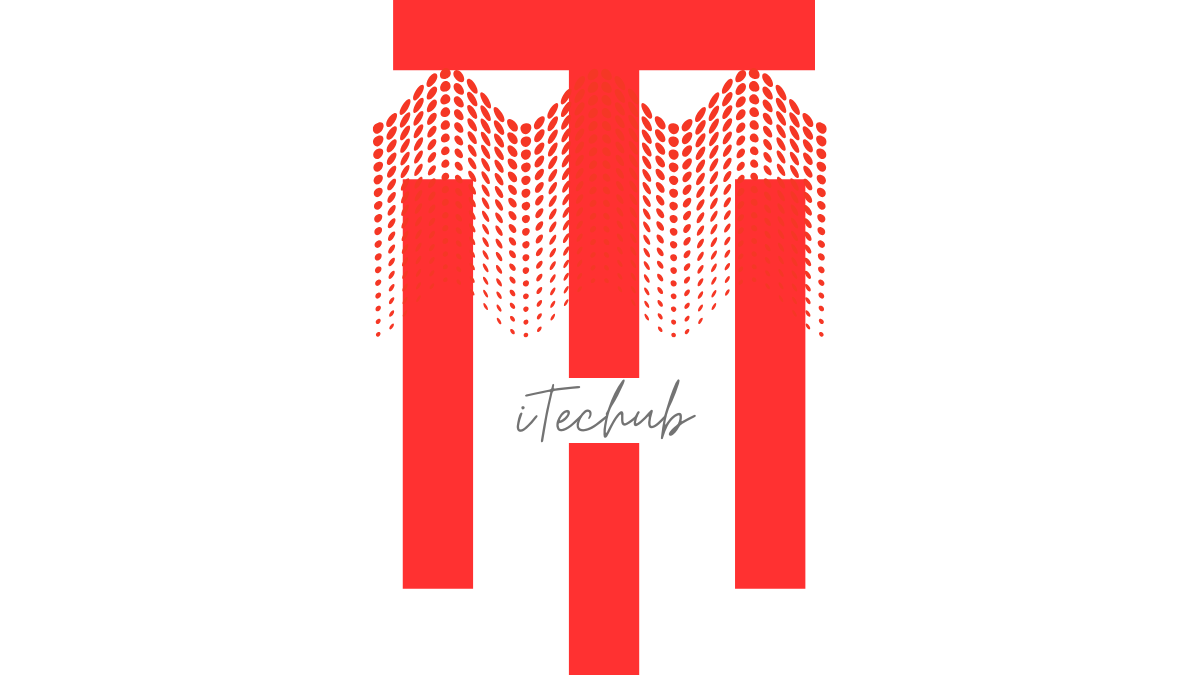
Ethereum’s next major evolution aims to fix user headaches, empower stakers, and future-proof the network.
Ethereum’s developers are gearing up for the Pectra upgrade, a pivotal update set to reshape the blockchain’s functionality, security, and user experience. Slated for late 2024 or early 2025, Pectra combines two critical upgrades—Prague (execution layer) and Electra (consensus layer)—into one coordinated overhaul. Here’s what you need to know about Ethereum’s roadmap and how Pectra could redefine decentralized applications (dApps), staking, and everyday transactions.
The Pectra Upgrade: Key Components
Pectra isn’t a single feature drop but a bundle of Ethereum Improvement Proposals (EIPs) designed to tackle long-standing challenges. The most anticipated changes include:
1. Account Abstraction for Everyone (EIP-3074)
Dubbed the “wallet revolution,” this proposal allows regular Ethereum wallets (externally owned accounts) to behave like smart contracts. Users could:
- Batch transactions (e.g., approve and swap tokens in one click)
- Sponsor gas fees for others (ideal for onboarding new users)
- Set spending limits or automate recurring payments
Why it matters: Simplifies DeFi and gaming interactions, potentially attracting millions of non-crypto natives.
2. Supercharged Staking (EIP-7251)
This upgrade increases the maximum effective staking balance per validator from 32 ETH to 2,048 ETH, a 64x jump. Institutional stakers (like Coinbase or Lido) could consolidate their stakes into fewer validators, reducing operational complexity and boosting network efficiency.
Why it matters: Lowers costs for large stakers while improving Ethereum’s overall economic security.
3. Smarter Data Storage (EIP-7623)
Adjusts calldata pricing to reduce bloat in Ethereum blocks. By incentivizing developers to use cheaper data storage alternatives (like blobs), this EIP aims to lower gas fees for users and free up block space.
Why it matters: A critical step toward scaling Ethereum’s capacity without compromising decentralization.
The Road to Pectra: Timeline and Challenges
- Q3 2024: Final EIPs locked in, devnet testing begins.
- Q4 2024: Testnets (Goerli, Sepolia) simulate the upgrade.
- Early 2025: Mainnet activation pending community approval.
Key hurdles:
- Avoiding delays like those seen with the Dencun upgrade (March 2023 → March 2024).
- Balancing competing priorities (e.g., staker demands vs. decentralization purists).
- Ensuring seamless compatibility with Layer 2 networks (Optimism, Arbitrum, etc.).
Who Benefits Most from Pectra?
- End Users: Smoother wallet experiences and lower fees.
- Developers: More flexible tools for building dApps.
- Institutional Stakers: Simplified operations and higher yields.
- Ethereum’s Competitors: A warning shot. Pectra’s upgrades directly address pain points that drive users to chains like Solana.
Criticisms and Controversies
Not everyone is cheering. Critics highlight:
- Centralization risks: Larger validators could dominate staking.
- Complexity creep: Account abstraction might confuse casual users.
- Delayed promises: Some features (like gas sponsorship) were floated years ago.
Vitalik Buterin has pushed back, arguing that Pectra’s phased approach ensures stability: “Ethereum upgrades are like city infrastructure projects—you can’t rebuild the subway overnight.”
Looking Beyond Pectra: The Verge and Purge Eras
Pectra sets the stage for Ethereum’s next evolutionary leaps:
- The Verge: Introducing Verkle Trees to optimize data storage.
- The Purge: Removing legacy code to streamline node operations.
Together, these phases aim to make Ethereum lighter, faster, and more accessible to node operators—a prerequisite for true global adoption.
Why Pectra Matters
Ethereum isn’t just upgrading its tech; it’s fighting for relevance in a crowded blockchain ecosystem. By addressing user friction (high fees, clunky wallets) and staker burnout, Pectra could solidify Ethereum’s position as the backbone of Web3—or expose cracks in its governance model.
As Justin Drake, Ethereum Foundation researcher, puts it: “Pectra is about future-proofing. We’re not just building for tomorrow’s users, but for the next decade of decentralized innovation.”
